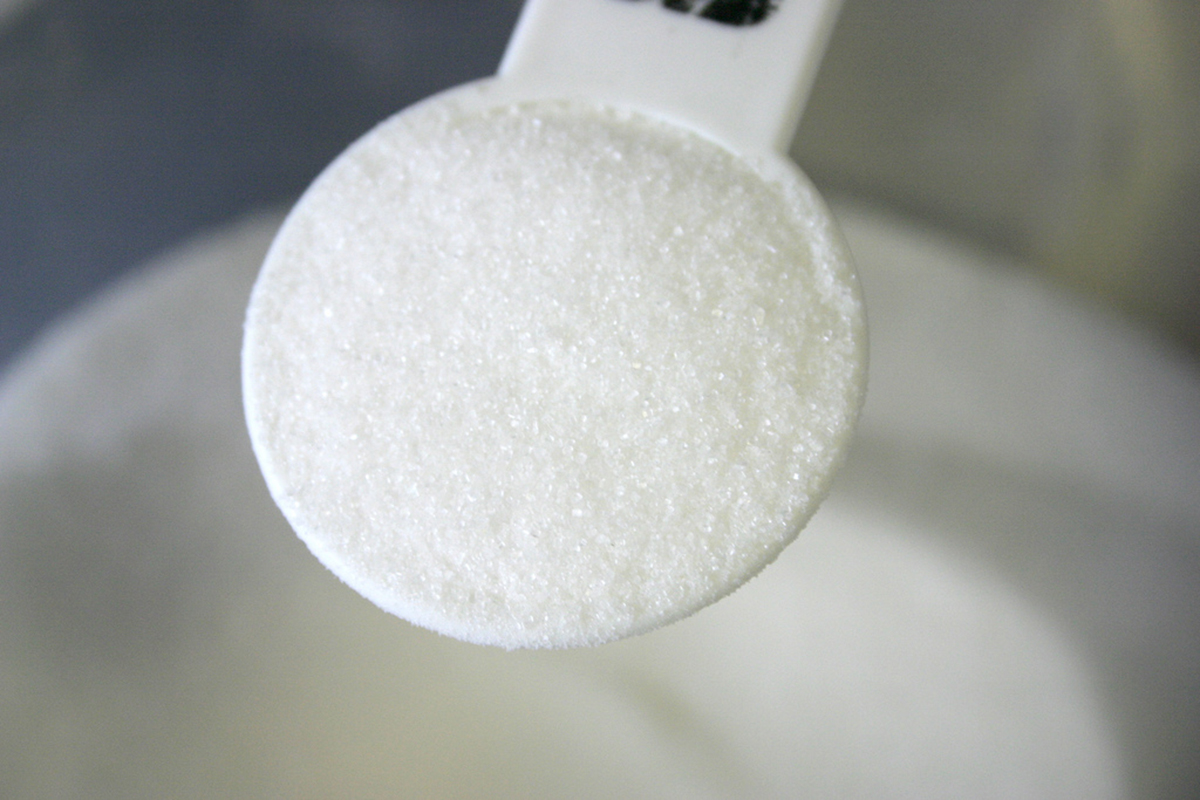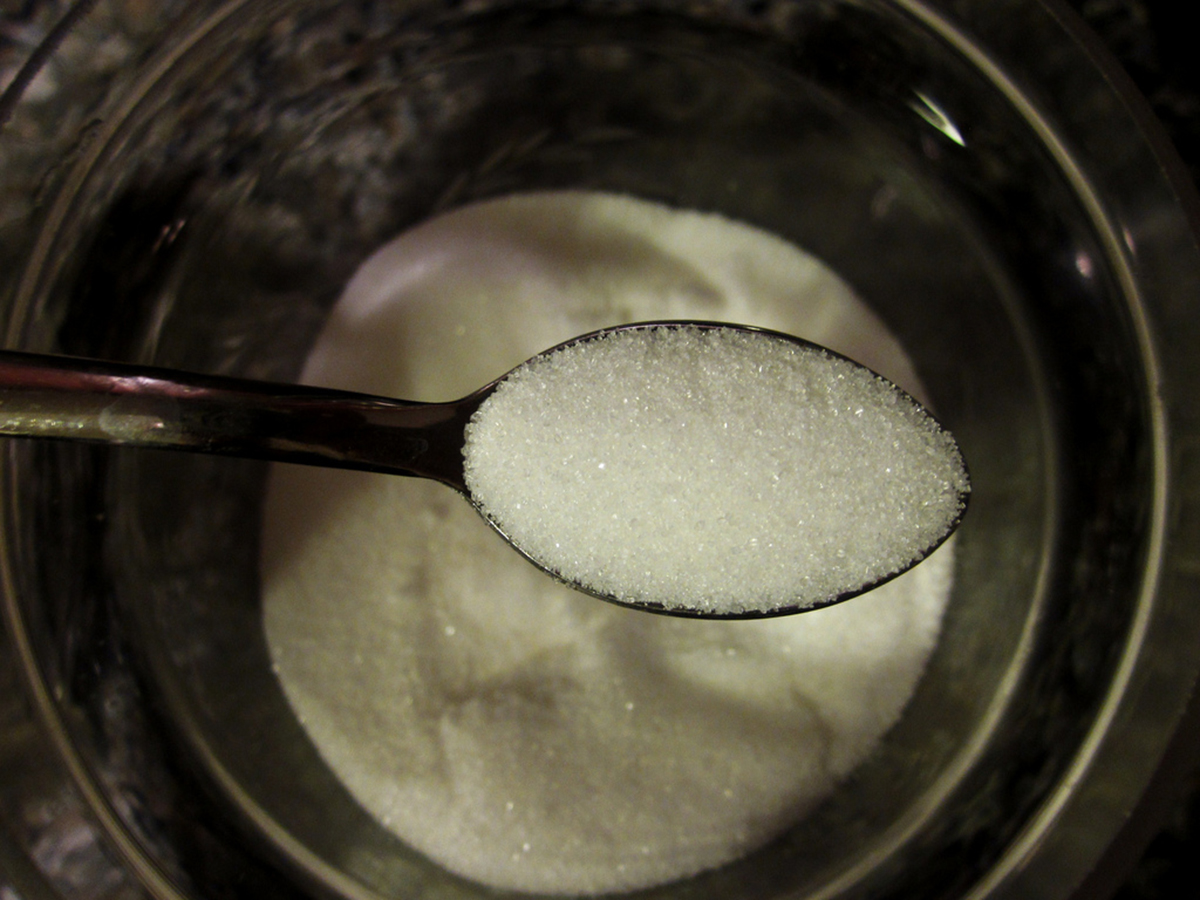University of California at San Francisco professor of medicine Dr. Robert Lustig is not equivocal on the the subject of sugar. The problem with sugar is not that it is lacking in nutrients other than carbohydrate, Dr. Lustig says. “It’s not about the calories,” he says in his YouTube video that has been seen over 5 million times. “It has nothing to do with the calories. It’s a poison by itself.”

Are grandmas everywhere poisoning their grandchildren when they bake them cookies? Are the soft drink manufacturers really doing more damage in the world than the heroin trade?
The short answer is "yes," although the key thing to remember about any kind of toxicity is that dosage is always the key And the key thing to remember about "sugar" is that its offending ingredient is fructose.
Here are seven things everyone needs to know about sugar and when to say "no."
1. The essential sugar is glucose
All sugar is not the same. Our bodies are designed to run on glucose, the kind of sugar we digest from starchy foods such as bread, rice, and potatoes. We have an elaborate system for keeping the right amount of glucose in our bloodstreams.
In diabetes, the amount of glucose in the blood goes up in unhealthy ways. But for healthy people, carbohydrates, at least up to about 150 grams a day (600 calories), are not toxic, even though the body turns them into glucose.
2. The toxic sugar is fructose
Fructose is the sugar found in fruit. The body doesn't have a system for regulating fructose like it has for glucose. The liver can use small amounts of fructose, up to about 25 grams a day (the equivalent of a couple of pieces of fruit) as a fuel in the liver, and a small amount of fructose even activates the liver's ability to store glucose. More than about 100 calories a day, however, and fructose has to be stored as fat.
3. Table sugar, also known as sucrose, is a chemical combination of glucose and fructose
The digestion of table sugar releases both glucose, which the body is designed to use as a fuel (although not in unlimited amounts), and fructose, which it is only able to use in small amounts.
See Also: The More Sugar You Eat, The More Sugar You Want: Here's Why
Small amounts of sugar actually increase the efficiency at which the liver stores excess glucose as glycogen for the body to use for ready energy later. But most of us get far more table sugar than our bodies can actually process.
4. High-fructose corn syrup is like table sugar, only worse
High-fructose corn syrup has a deservedly bad name in health, but it's enormously popular with food manufacturers. Corn syrup is naturally high in glucose (the relatively tolerable sugar), but it can be chemically altered to contain more fructose, which makes it sweeter. High-fructose corn syrup caramelizes to a darker brown without burning, making desserts more visually attractive, it hold moisture so they don't dry out, and in the USA, it is extremely cheap. But it is even worse for the body than table sugar, while it is tastier.
More Things You Need To Know About Saying No To Sugar
5. Eating too much sugar really does cause diabetes
Not everyone who indulges a sweet tooth will develop diabetes, but most do. The reason why is not usually explained very well by most diabetes educators. In healthy people and in prediabetic people alike, the liver is the buffer for most of the excess 'sugar" we consume. The muscles also use enormous amounts of glucose both for fuel and to make the glycogen that gives them bulk, but they mostly do this immediately after exercise.

When we consume lots of table sugar, whether it is cane sugar, honey, or high-fructose corn syrup, the liver has to do something with the fructose first. This leaves glucose in the bloodstream.
This triggers an unrelated reaction that keeps fat locked in fat cells. It also causes cells all over the body to "lock out" potentially toxic levels of glucose by becoming insulin resistant, which causes the pancreas to release more insulin, which causes cells to become more insulin resistant, and so on, until eventually the pancreas "burns out."
6. Eating sugar can make you fat
Being overweight doesn't so much cause diabetes as being prediabetic makes you fat. One of the things that occurs in the series of body changes that leads to diabetes is the pancreas really does manage to control blood sugars for a long, long time. It churns out insulin even faster than cells can become insulin resistant. However, when fat cells sense high insulin levels in the blood, they "lock up" their stores of triglycerides. They don't break down solid fat to make liquid fat that can circulate through the bloodstream to muscles to burn it for fuel. Fat goes in fat cells, but can't come out. It's the insulin that causes the fat accumulation, not the fat that causes the overproduction of insulin.
7. Small amounts of sugar--if you are not diabetic--are non-toxic, but the amounts are a lot smaller than most people at
The average American consumes a staggering 150 pounds (70 kilos) of sugar per year. That's nearly 400 grams per day. Much of this sugar is hidden in sweeteners, jams, jellies, ketchup, and bread, but the net effect is the same.
See Also: 10 Ways To Break A Sugar Habit And Kick The Soda Addiction
The average American gets about 250 grams of fructose and 150 grams of glucose daily in addition to the glucose released from carbohydrate foods.
It's no wonder that the US has an obesity crisis, and the underlying problem is sugar. Cutting out sugar and sugary baked goods is simply a must. If you are not diabetic, rice, potatoes, and bread in moderation may be OK, but any kind of sugar--or fruit--has to be saved for an occasional treat in a small amount.
- Casey, J. Do You Know How Much Sugar You Are Eating? WebMD Weight Loss Feature. http://www.medicinenet.com/script/main/art.asp?articlekey=56589. Accessed 14 September 2014.
- Taubes, G. Is Sugar Toxic? New York Times. 13 April 2011.
- Photo courtesy of Melissa Wiese by Flickr: www.flickr.com/photos/42dreams/2452033439
- Photo courtesy of samantha celera by Flickr: www.flickr.com/photos/scelera/5724844778


Your thoughts on this